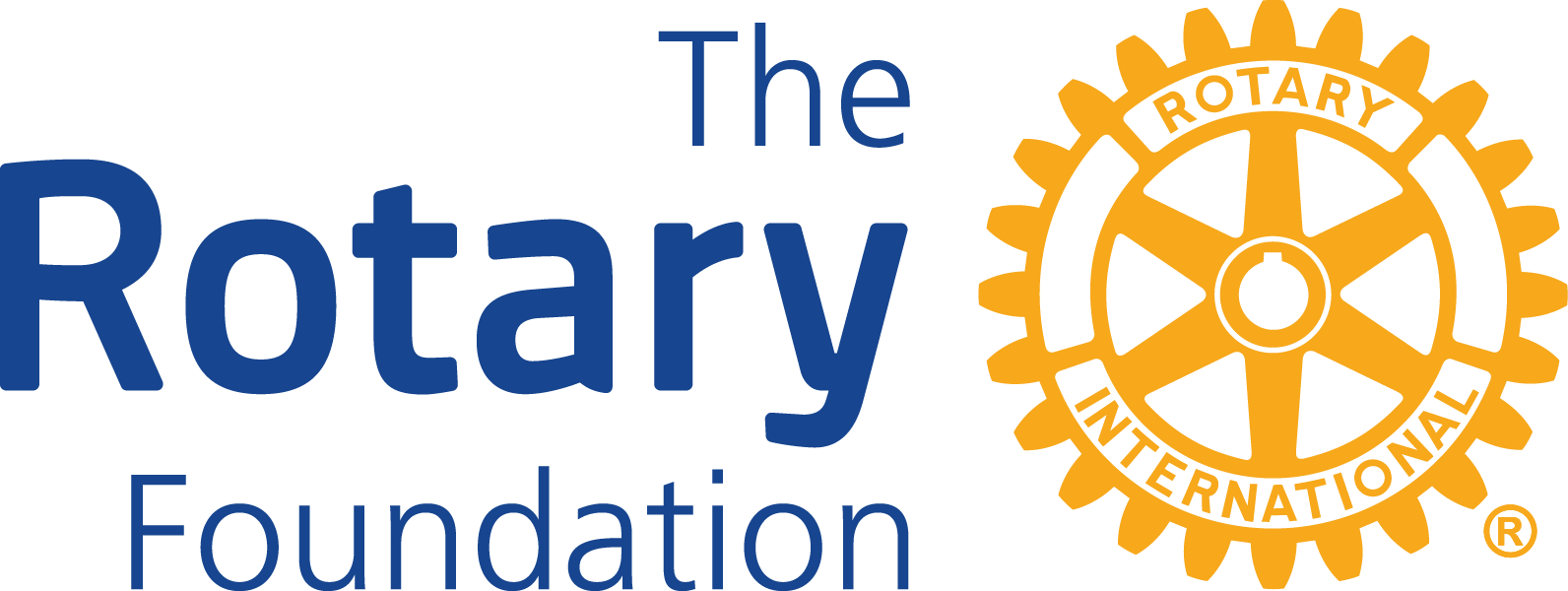
Some magnificent projects grow from very small seeds. The Rotary Foundation had that sort of modest beginning. In 1917, RI President Arch Klumph told the delegates to the Atlanta convention that “it seems eminently proper that we should accept endowments for the purpose of doing good in the world.” The response was polite and favorable, but the fund was slow to materialize. A year later, the Rotary Endowment Fund, as it was originally labeled, received its first contribution of US$26.50 from the Rotary Club of Kansas City, Missouri, USA, which was the balance of the Kansas City convention account following the 1918 annual meeting. Additional small amounts were contributed each year, but after six years the endowment fund had reached only $700.A decade later, The Rotary Foundation was formally established at the 1928 Minneapolis convention.
In the next four years, the Foundation fund grew to $50,000. In 1937, a $2 million goal was announced for The Rotary Foundation, but these plans were cut short and abandoned with the outbreak of World War II. In 1947, upon the death of Paul Harris, a new era opened for The Rotary Foundation as memorial gifts poured in to honor the founder of Rotary. From that time, The Rotary Foundation has been achieving its noble objective of furthering “understanding and friendly relations between peoples of different nations.” By 1954, the Foundation received for the first time a half million dollars in contributions in a single year, and in 1965 a million dollars was received.
It is staggering to imagine that from those humble beginnings, The Rotary Foundation is now receiving more than $65 million each year for educational and humanitarian work around the world.
The Permanent Fund of The Rotary Foundation
It was Arch Klumph, father of The Rotary Foundation, who said, “We should look at the Foundation as being not something of today or tomorrow, but think of it in terms of the years and generations to come.” That’s why the Foundation’s Permanent Fund is considered the most important way to ensure the future of Rotary’s educational and humanitarian programs. Contributions to this fund, formerly called the Endowment for World Understanding and Peace, are invested for the future. Only earnings from their investment are used to support Foundation programs. Ultimately, it is intended that the Permanent Fund will provide a steady and secure supplement to Foundation support, always guaranteeing a minimum level of program activity and allowing for the possibility of new and expanded programs in the future.
The Foundation gives special recognition to donors to the Permanent Fund as Major Donors, Bequest Society Members, and Benefactors. Major Donors make gifts of US$10,000 or more; Bequest Society Members include the Permanent Fund in their estate plans for $10,000 or more; and Foundation Benefactors make provisions in their will or make an outright contribution of $1,000 to the fund. These individuals are ensuring that The Rotary Foundation will remain a powerful force for good in the world far into the future.
At the 1917 convention, outgoing RI President Arch C. Klumph proposed to set up an endowment “for the purpose of doing good in the world.” In 1928, it was renamed The Rotary Foundation, and it became a distinct entity within Rotary International.
GROWTH OF THE FOUNDATION
In 1929, the Foundation made its first gift of $500 to the International Society for Crippled Children. The organization, created by Rotarian Edgar F. “Daddy” Allen, later grew into Easter Seals.
When Rotary founder Paul Harris died in 1947, contributions began pouring in to Rotary International, and the Paul Harris Memorial Fund was created to build the Foundation.
EVOLUTION OF FOUNDATION PROGRAMS
1947: The Foundation established its first program, Fellowships for Advance Study, later known as Ambassadorial Scholarships.
1965-66: Three programs were launched: Group Study Exchange, Awards for Technical Training, and Grants for Activities in Keeping with the Objective of The Rotary Foundation, which was later called Matching Grants.
1978: Rotary introduced the Health, Hunger and Humanity (3-H) Grants. The first 3-H Grant funded a project to immunize 6 million Philippine children against polio.
1985: The PolioPlus program was launched to eradicate polio worldwide.
1987-88: The first peace forums were held, leading to Rotary Peace Fellowships.
2013: New district, global, and packaged grants enable Rotarians around the world to respond to the world’s greatest needs.
Since the first donation of $26.50 in 1917, the Foundation has received contributions totaling more than $1 billion.
